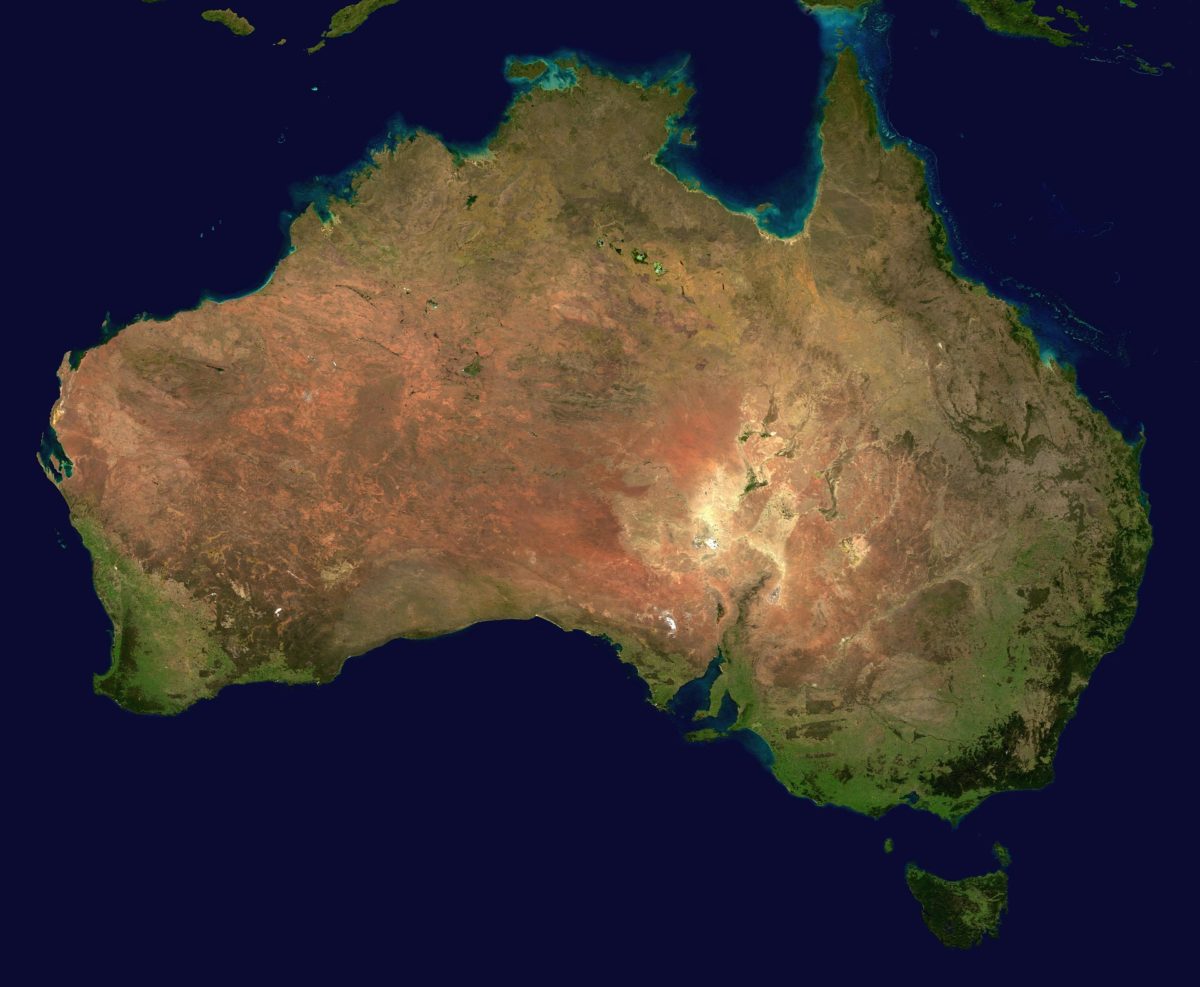From pv magazine Australia.
South Australian utility SA Water is planting almost a ton of native grass and saltbush seed under thousands of solar panels across the state to secure the return of native scrub vegetation and local jobs.
South Australia’s largest water and sewerage company announced in January it was planning to invest more than AU$300 million (US$212 million) in solar and energy storage this year and the Covid-19 pandemic has failed to derail those plans.
Perhaps inspired by the utility’s resilience – and the same characteristic of indigenous vegetation – environmental conservation group Succession Ecology has partnered with SA Water to ‘re-vegetate’ low-growing grasses and saltbush species at five regional pump stations which feature ground-mounted solar.
The locations, which include Port Pirie, Port Augusta, Whyalla and Peterborough, are among the 35 SA Water facilities in the process of having 500,000 solar panels installed for a total generation capacity of 242 GWh per year, when finished.
Natural partnership
Popular content
A Succession Ecology director and re-vegetation consultant said the beauty of the native varieties is their “ability to create a native biodiversity, attracting insects and birds, with the vegetation only reaching knee height [so] as to not impact solar performance.”
As SA Water vegetation specialist Shaun Kennedy noted, the plantings will also provide diverse, native ground cover beneath solar arrays to help a long-term strategy for weed and dust suppression and reduce heat build-up in the panels.
The result, then, is a technological and ecological partnership. Airborne dust is a sworn enemy of PV modules, as any foreign particle or substance on the glass face of a panel impedes or restricts UV light absorption through soiling. When pv magazine Australia spoke with panel cleaning business Australian Solar Maintenance last year, the company said solar yield losses attributable to soiling varied but could exceed 10% in some months, particularly in dusty locations such as Port Augusta.
As an added bonus, the project enabled Succession Ecology to employ four people for seed collection.
The headline to this article was changed on 21/07/20 because the projects form part of an AU$300 million scheme, rather than having a 300 MW generation capacity, as previously stated.
This content is protected by copyright and may not be reused. If you want to cooperate with us and would like to reuse some of our content, please contact: editors@pv-magazine.com.



1 comment
By submitting this form you agree to pv magazine using your data for the purposes of publishing your comment.
Your personal data will only be disclosed or otherwise transmitted to third parties for the purposes of spam filtering or if this is necessary for technical maintenance of the website. Any other transfer to third parties will not take place unless this is justified on the basis of applicable data protection regulations or if pv magazine is legally obliged to do so.
You may revoke this consent at any time with effect for the future, in which case your personal data will be deleted immediately. Otherwise, your data will be deleted if pv magazine has processed your request or the purpose of data storage is fulfilled.
Further information on data privacy can be found in our Data Protection Policy.